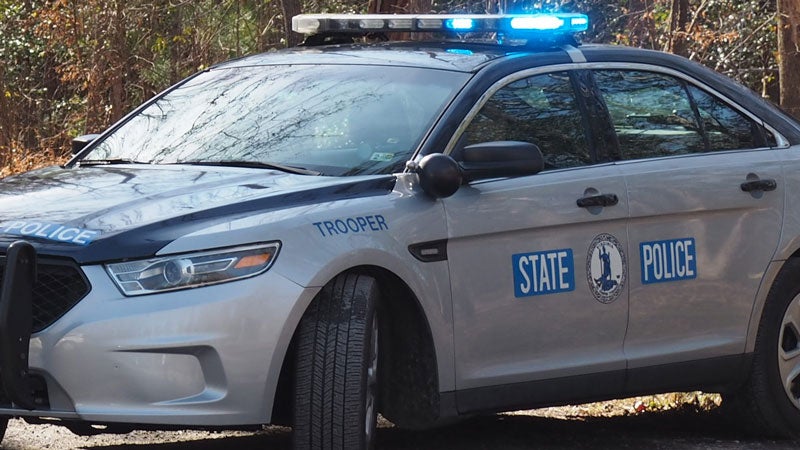Virginia’s arboretum is a hidden gem
Published 4:12 pm Tuesday, December 19, 2023
By Biff and Susan Andrews
Contributing writers
North Carolina has a lovely arboretum — a tree “museum” or display center for trees and other botanical species that’s located about an hour south of Asheville.
It’s large, well-built, long established and worth a day-long visit. They specialize in floral gardens and bonsai — all absolutely wonderful.
Virginia? Not so much. Most people would say none at all, don’t have one, non-existent. And they’d be wrong. Yes, Virginia, you do have an arboretum. But it’s hard to find, experimental and scientific in nature, and run by the University of Virginia, not the state.
Officially it is named the Blandy Experimental Farm State Arboretum of Virginia, but also is known as the Orland E. White Arboretum.
It is located in northernmost Virginia, about 10 miles east of Winchester and 60 miles west of Washington, D.C., near the “town” of Boyce. Started in the 1920s, it now contains more than 5,000 trees and shrubs from around the world. Their specialties include 200 kinds of conifers, 162 types of boxwoods, a 300 tree gingko grove that goes bright, bright yellow in October, and miscellaneous cedars, herbs, chestnuts, bamboos etc.
So, we’ve been to the North Carolina one several times. Now let’s try the Virginia one. We visited it in mid-November because the chance to arose. We recommend the experience to all people interested in nature. But it wasn’t easy, glamorous or colorful — way too late up there.
It’s located between Front Royal and Winchester.
We had no problem finding it with our phone mapping app.
Once there, you’re on a 172 acre experimental farm, laboratory, office and trail complex on a 700 acre tract. Horses are welcome.
There’s a “loop drive” of a couple miles that allows an hour-long meander through trees whose likes you’ve never seen. That takes you to “The Quarters,” a National Historic Landmark building that houses offices, classrooms, labs, staff, etc.
While we were there, there was an exhibit of beautiful nature photographs by the Shenandoah Chapter of the Virginia Master Naturalists. It was wonderful.
We were too late for the foliage display, though the ground under the gingko grove was still yellow with fallen leaves. We can’t wait to go back with time for a hike — spring green? Summer lush? Earlier fall foliage next year? We’ll be there for one of those.
If you’re within 100 miles (including Washington, D.C.), we recommend a visit.
Find it on the internet at blandy@virginia.edu. Take the conifer walk. Visit the herb garden. Explore the gingko grove. It will be a day well-spent.
Virginia Cooperative Extension programs and employment are open to all, regardless of age, color, disability, gender, gender identity, gender expression, national origin, political affiliation, race, religion, sexual orientation, genetic information, veteran status, or any other basis protected by law. An equal opportunity/affirmative action employer. Issued in furtherance of Cooperative Extension work, Virginia Polytechnic Institute and State University, Virginia State University, and the U.S. Department of Agriculture cooperating. Edwin J. Jones, Director, Virginia Cooperative Extension, Virginia Tech, Blacksburg; M. Ray McKinnie, Administrator, 1890 Extension Program, Virginia State University, Petersburg.




